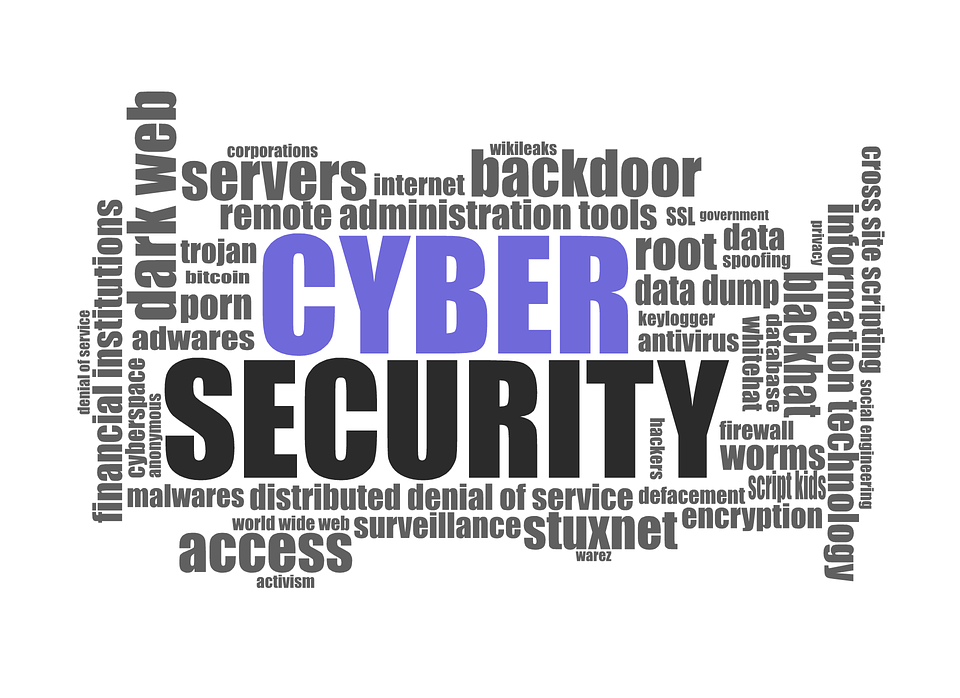OTAN News
Keeping Yourself Cybersecure

With the proliferation of technology devices and applications in our schools, it is incumbent upon us as users to have a basic understanding of cybersecurity issues.
Successful cyberattacks compromise data in school information systems and exact a financial cost, and sometimes human error by those who work in the schools is to blame. The more we know about cybersecurity practices and the more we put those to work, therefore, the more we lessen our exposure to deadly cyberattacks.
Education is particularly vulnerable to cybercrime; it presents a huge target because of the sheer amount of personal data that is kept in school information systems. It is daunting for the average user to understand all of the different ways that cybercriminals can try to access the data because most of us do not have the technical knowledge of computers and applications that IT professionals possess. At a basic level, we do not always know when a cybercriminal is trying to trick us because of their ability to make something we encounter look normal or like everyday technology. So, let's take the time to learn what we should do to protect ourselves, our students, and our schools.
A good place to start is the K-12 Cybersecurity Resource Center , which published "The State of K-12 Cybersecurity: 2018 Year in Review" and maintains a curated list of school cybersecurity resources. We also recently read the blog post "Teaching Basic Cybersecurity Measures to Everyday People" at askatechteacher.com. The article suggests where to start:
- Be on the lookout for harmful links, viruses and malware, and suspicious downloads
- Use a Virtual Private Network, or VPN
- Create strong passwords
- Follow email best practices
- Understand the difference between HTTP and HTTPS
- Use antivirus programs and update software
Even for those of us who feel comfortable using technology, these resources are a great way to confirm what we know about cybersecurity issues and stay on top of what experts are currently seeing as cybercrime evolves with the introduction of new devices and applications.
Website: The K-12 Cybersecurity Resource Center
Article: Teaching basic cybersecurity measures to everyday people (for parents of digital natives)

